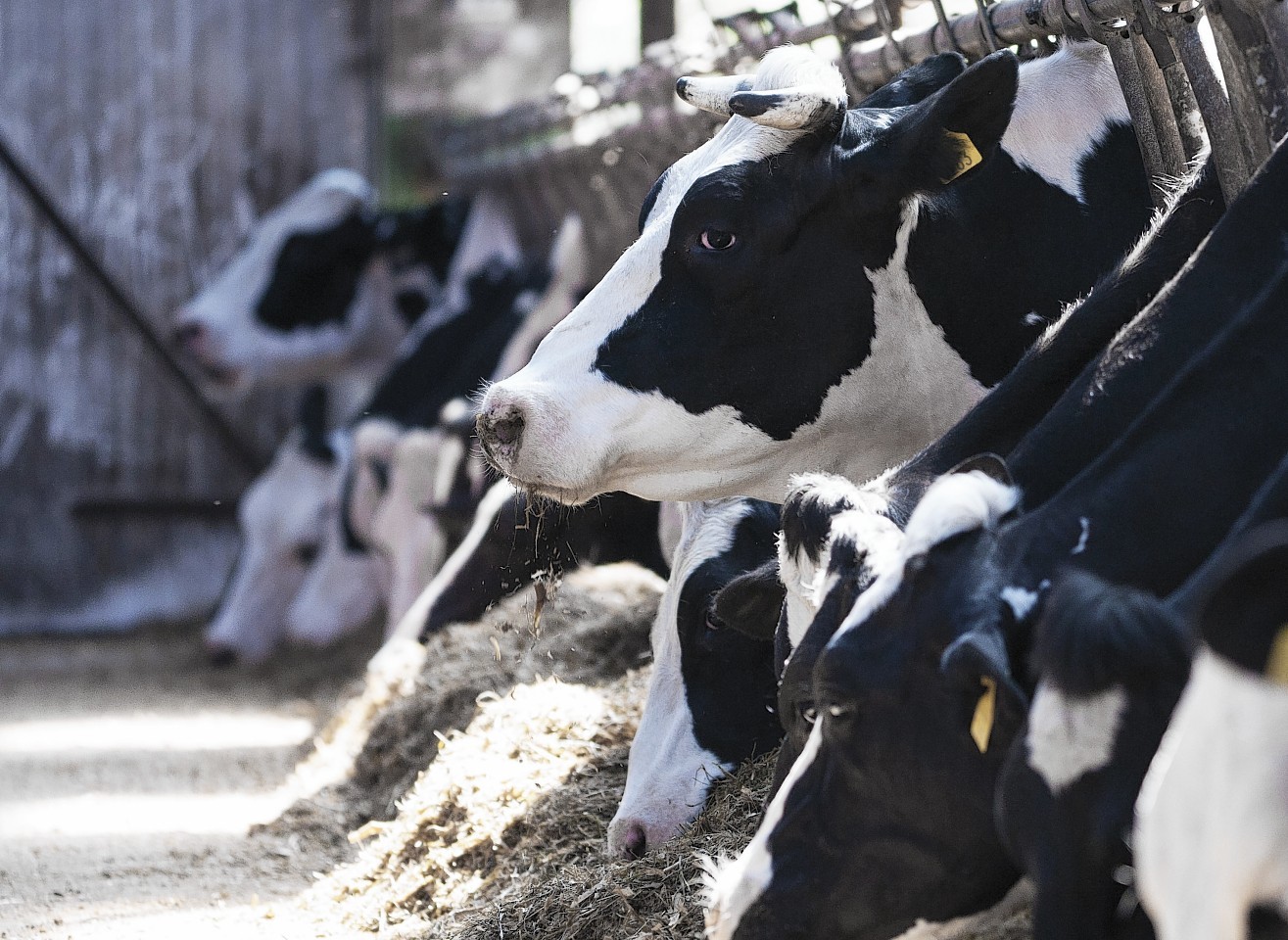Family farms do have a place in the future of the British dairy industry, provided they can ride out one of the biggest price crises the sector has ever seen, say industry experts.
The Royal Association of British Dairy Farmers (RABDF) said milk price cuts had wiped off more than £800million from 13,000 UK dairy farm incomes over the past year.
But while this had forced an average of nine farms to leave the sector every week, there was a future for those businesses which were able to get through this difficult time.
Speaking at the Livestock Event in Birmingham, RABDF chief executive Nick Everington said it was vital producers become more market-focused and worked to offset lower margins by reducing costs of production rather than milk output.
He said he wanted to see producers pay more attention to calf and heifer rearing, and to reducing heifer costs. “It is a good, effective thing that farmers could go and do tomorrow,” he added.
Farm business consultants Andersons agreed that dairy farmers who were in the best position to ride out future market volatility would need to focus on costs rather than milk price. Tony Evans, the firm’s head of dairy business consultancy, said farmers had to focus on the short-term by projecting cashflow needs over the next six months or year, and then work out how to reach them.
This should involve working out their profit demands, justifying everything they spend, and taking on an “essentials-only” attitude until their economic situation.
The challenge then was to think long-term about whether their businesses could be profitable against a backdrop of volatile milk prices and reduced support payments.
Banks would be more likely to support a business that was clearly trying to manage its costs more tightly and plan for the future carefully, Mr Evans added.
“The average milk price for the past six years has been 27p a litre, making this crash very much a low,” he said. “I don’t think we have even reached the bottom yet in regard to cashflow.
“The best businesses are not about the attention to milk price, but the attention to cost control.”
